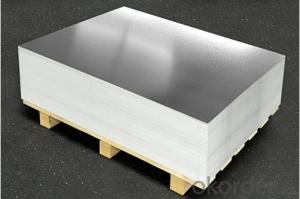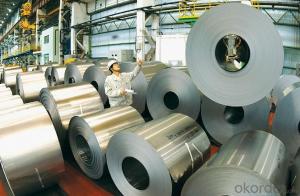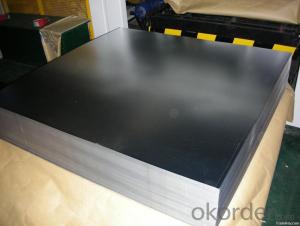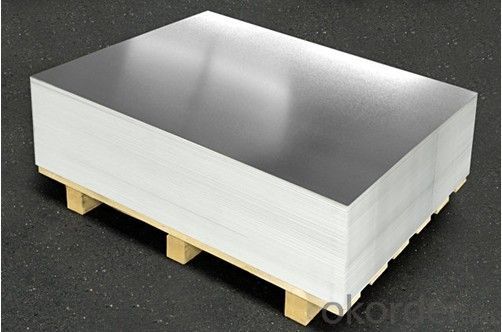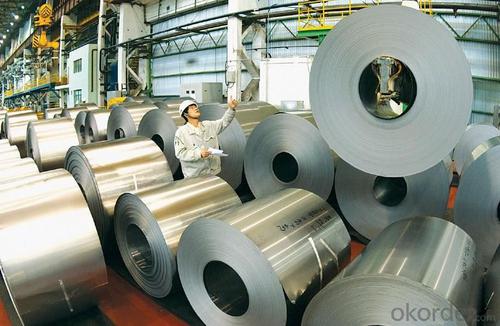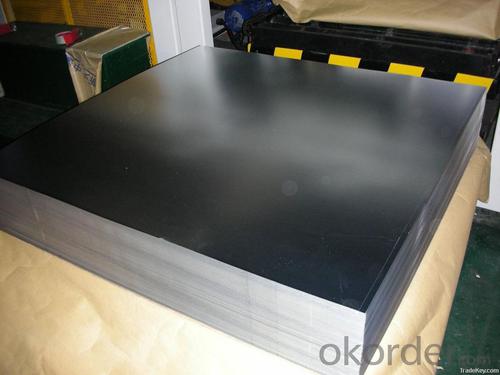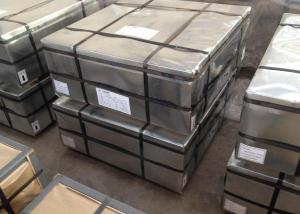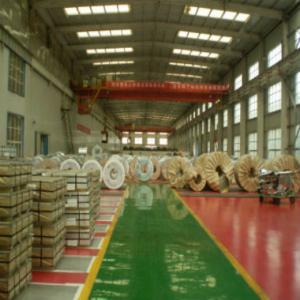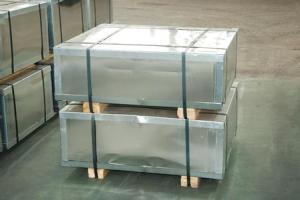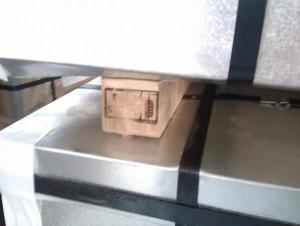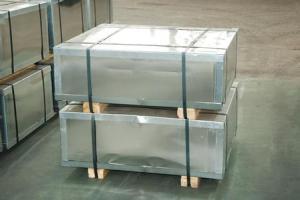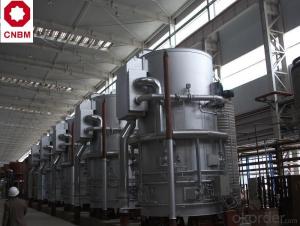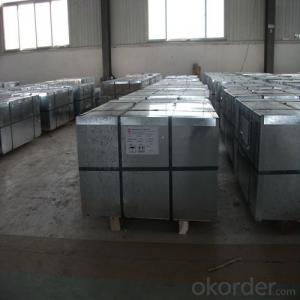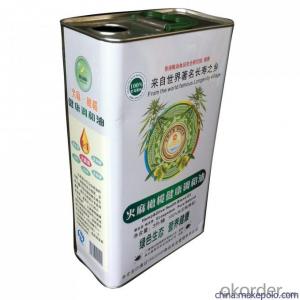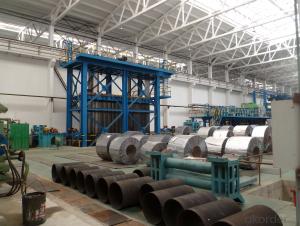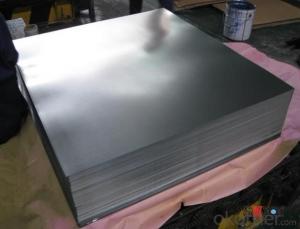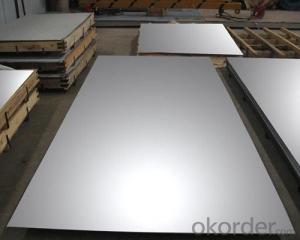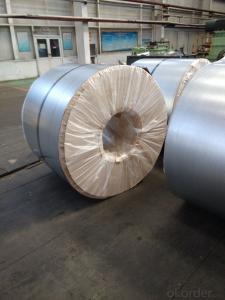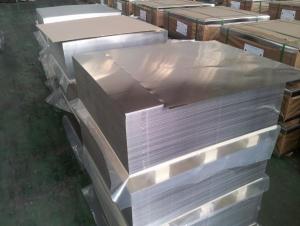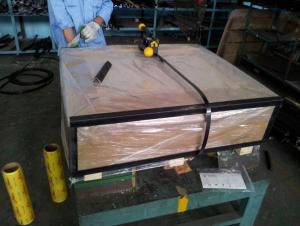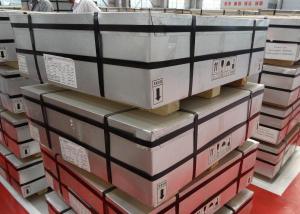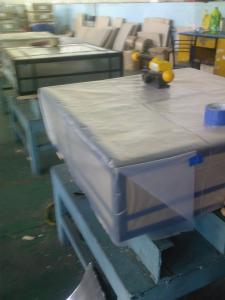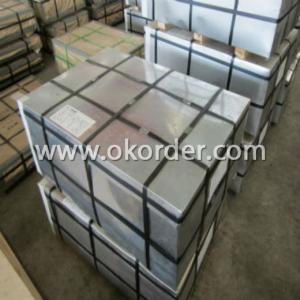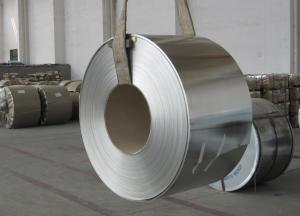Electrolytic Tinplate for Food Cans Packing
- Loading Port:
- Tianjin
- Payment Terms:
- TT OR LC
- Min Order Qty:
- 25 m.t
- Supply Capability:
- 7000 m.t/month
OKorder Service Pledge
OKorder Financial Service
You Might Also Like
1.Structure of Electrolytic Tinplate for Food Cans Packing Description
Electrolytic Tin Plate Coils and Sheets for Foods Metal Packaging, is one thin steel sheet with a coating of tin applied by electrolytic deposition. Tinplate made by this process is essentially a sandwich in which the central core is strip steel. This core is cleaned in a pickling solution and then fed through tanks containing electrolyte, where tin is deposited on both sides. As the strip passes between high-frequency electric induction coils, it is heated so that the tin coating melts and flows to form a lustrous coat.
2.Main Features of the Electrolytic Tinplate for Food Cans Packing
Appearance – Electrolytic Tin Plate is characterized by its beautiful metallic luster. Products with various kinds of surface roughness are produced by selecting the surface finish of the substrate steel sheet.
Paintability and printability – Electrolytic Tin Plates have excellent paintability and printability. Printing is beautifully finished using various lacquers and inks.
Formability and strength – Electrolytic Tin Plates have got very good formability and strength. By selecting a proper temper grade, appropriate formability is obtained for different applications as well as the required strength after forming.
Corrosion resistance – Tinplate has got good corrosion resistance. By selecting a proper coating weight, appropriate corrosion resistance is obtained against container contents. Coated items should meet 24 hour 5 % salt spray requirement.
Solderability and weldability – Electrolytic Tin Plates can be joined both by soldering or welding. These properties of tinplate are used for making various types of cans.
Hygienic – Tin coating provides good and non toxic barrier properties to protect food products from impurities, bacteria, moisture, light and odours.
Safe – Tinplate being low weight and high strength makes food cans easy to ship and transport.
Eco friendly – Tinplate offers 100 % recyclability.
Tin is not good for low temperature applications since it changes structure and loses adhesion when exposed to temperatures below – 40 deg C.
3.Electrolytic Tinplate for Food Cans Packing Images
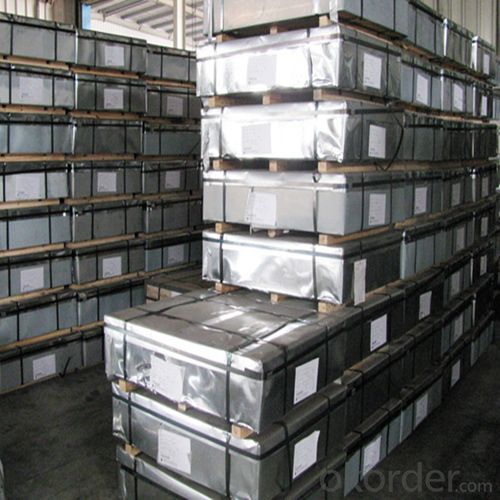
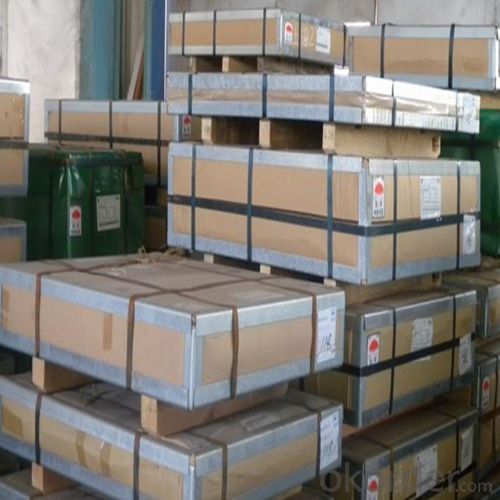
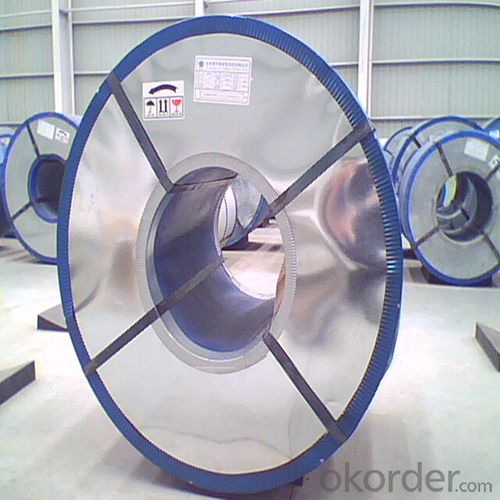
4.Electrolytic Tinplate for Food Cans Packing Specification
Standard | ISO 11949 -1995, GB/T2520-2000,JIS G3303,ASTM A623, BS EN 10202
|
Material | MR,SPCC |
Thickness | 0.15mm - 0.50mm |
Width | 600mm -1150mm |
Temper | T1-T5 |
Annealing | BA & CA |
Coil Inner Diameter | 508mm |
Weight | 6-10 tons/coil 1~1.7 tons/sheets bundle |
Passivation | 311 |
Oil | DOS |
Surface | Finish,bright,stone,matte,silver |
5.FAQ of Electrolytic Tinplate for Food Cans Packing
- How are the Electrolytic Tin Plates specified?
The Electrolytic Tin Plates are specified as per the steel base, extent of tempering, the coating weight, annealing method and the surface finish.
- How many types there are for base steels?
The base steels are of three types: Type MR, L, D
-What your tinplate material is used for ?
Tinplate is widely used for the packaging of products. Such as food cans,
beverage cans, pet cans, closures, general line cans and so on.
Printed Tinplate is offered!!
-How to place .an order or contact you ?
Please send us Email. we will give you a quick response in seconds .
- How is your quality ?
All our quality is prime even the secondary quality . We have many years experience
In this field with serious quality control standard . Advanced equipment, We welcome your visit to our factory .
- Q: How does tinplate perform in terms of UV resistance?
- Tinplate has limited UV resistance and is not inherently UV stable. However, it can be coated or painted with UV-resistant materials to enhance its resistance to UV radiation.
- Q: How does tinplate perform in high-temperature applications?
- Tinplate performs well in high-temperature applications due to its excellent heat resistance and durability. It can withstand elevated temperatures without warping, melting, or releasing harmful substances, making it a reliable choice for various industrial and packaging uses.
- Q: How is tinplate tested for quality and durability?
- Tinplate is typically tested for quality and durability through various methods such as visual inspection, thickness measurement, coating evaluation, adhesion testing, corrosion resistance analysis, and mechanical property assessment. These tests ensure that the tinplate meets the required standards and can withstand the intended use, guaranteeing its quality and durability.
- Q: Can tinplate be used for packaging products with sharp edges?
- Yes, tinplate can be used for packaging products with sharp edges as it provides a sturdy and protective barrier that helps prevent damage during transportation and handling.
- Q: Can tinplate be used for packaging of perishable goods?
- Yes, tinplate can be used for packaging of perishable goods. Tinplate is a durable and protective material that can provide a barrier against moisture, oxygen, and light, which are factors that can contribute to the spoilage of perishable products. Additionally, tinplate can offer a longer shelf life for perishable goods due to its ability to maintain product quality and prevent contamination.
- Q: Can tinplate packaging be used for medical products?
- Yes, tinplate packaging can be used for medical products. Tinplate is a durable and hygienic material that can effectively protect medical products from external contaminants and maintain their stability. It is commonly used for packaging items such as medical devices, pharmaceuticals, and sterile supplies.
- Q: Can tinplate be used for paint can packaging?
- Yes, tinplate can be used for paint can packaging. Tinplate is a commonly used material for manufacturing paint cans due to its durability, corrosion resistance, and ability to be easily formed into different shapes and sizes.
- Q: What are the safety considerations when handling tinplate?
- When handling tinplate, it is essential to consider several safety measures. First, tinplate can have sharp edges, so wearing gloves and using appropriate tools is important to avoid cuts or injuries. Secondly, tinplate is often coated with various substances, such as lacquer or resin, which may contain harmful chemicals. Therefore, it is crucial to handle tinplate in well-ventilated areas and wear protective equipment like goggles and masks to minimize exposure. Additionally, tinplate can be heavy and bulky, so proper lifting techniques should be employed to prevent strains or back injuries. Lastly, storing tinplate in a dry and clean area can help prevent corrosion and maintain its structural integrity.
- Q: How does the coating affect the properties of tinplate?
- The coating on tinplate plays a crucial role in enhancing its properties. It protects the underlying tin layer from corrosion, making tinplate highly resistant to rust. The coating also provides a barrier against external elements, ensuring the integrity and longevity of the tinplate. Additionally, the coating can improve the appearance of tinplate, making it more visually appealing. Overall, the coating significantly enhances the durability, corrosion resistance, and aesthetic appeal of tinplate.
- Q: How does tinplate contribute to the reliability of telecommunications devices?
- Tinplate contributes to the reliability of telecommunications devices by providing a durable and corrosion-resistant coating that protects the underlying components from external factors such as moisture, humidity, and oxidation. This helps to prevent the degradation of electrical connections and ensures uninterrupted communication, ultimately enhancing the overall reliability of the devices.
Send your message to us
Electrolytic Tinplate for Food Cans Packing
- Loading Port:
- Tianjin
- Payment Terms:
- TT OR LC
- Min Order Qty:
- 25 m.t
- Supply Capability:
- 7000 m.t/month
OKorder Service Pledge
OKorder Financial Service
Similar products
Hot products
Hot Searches
Related keywords
